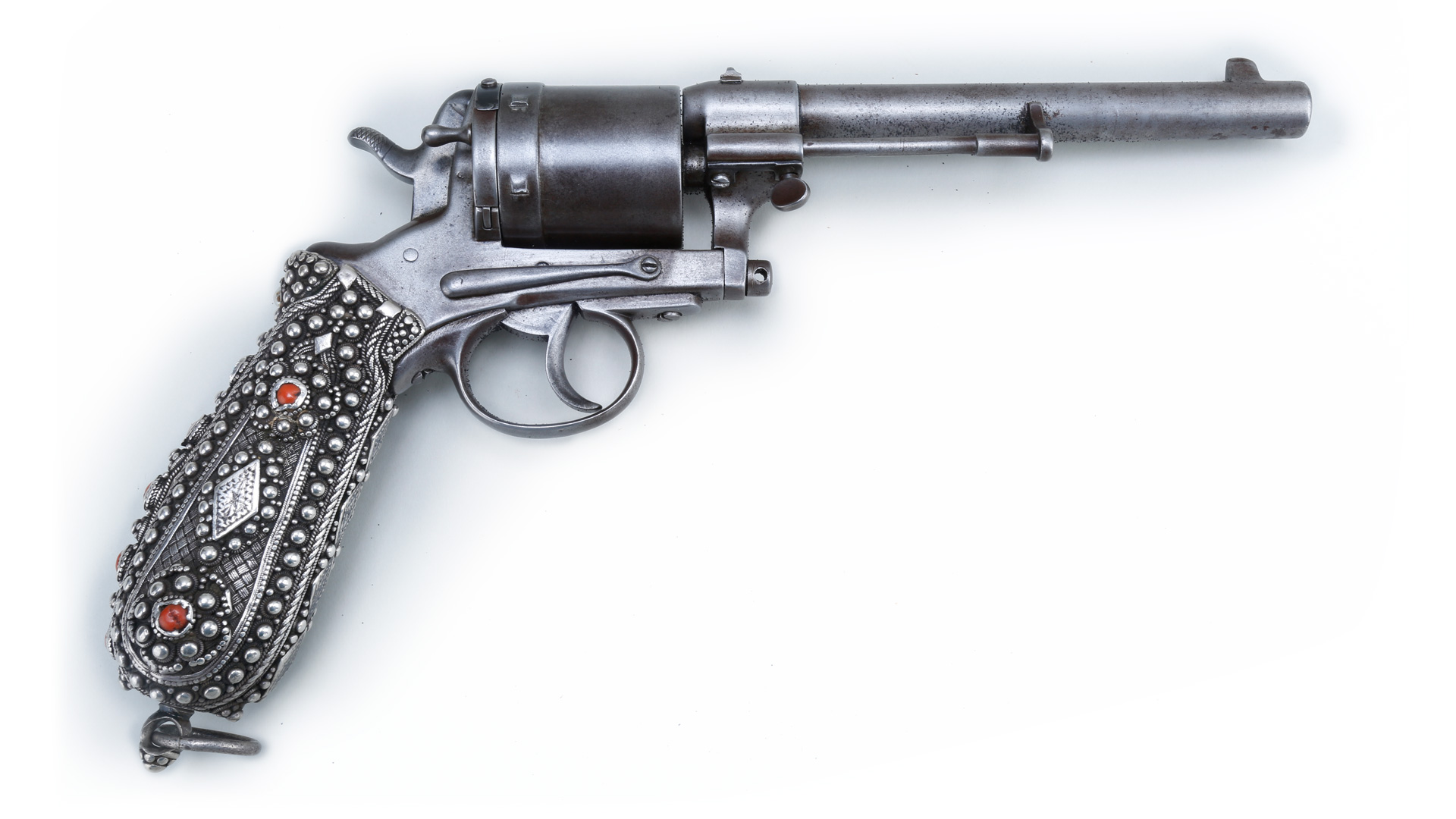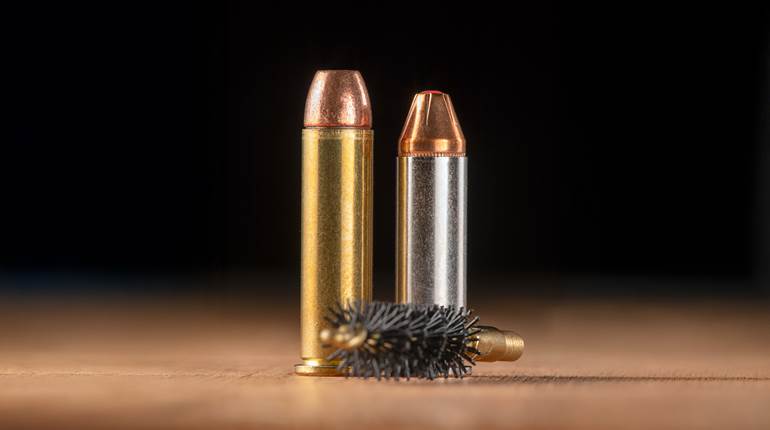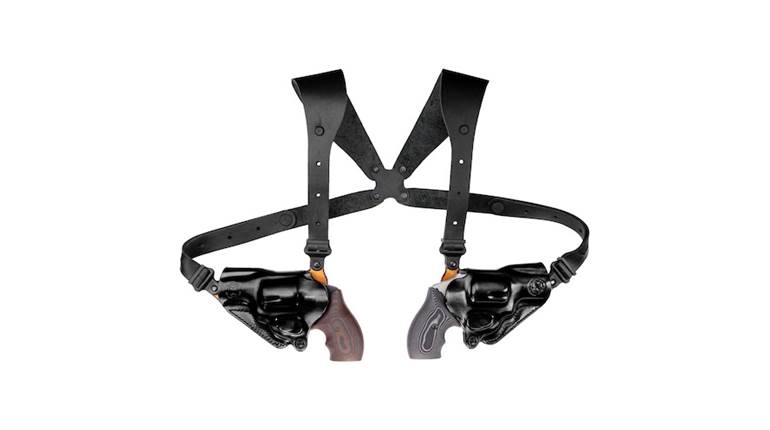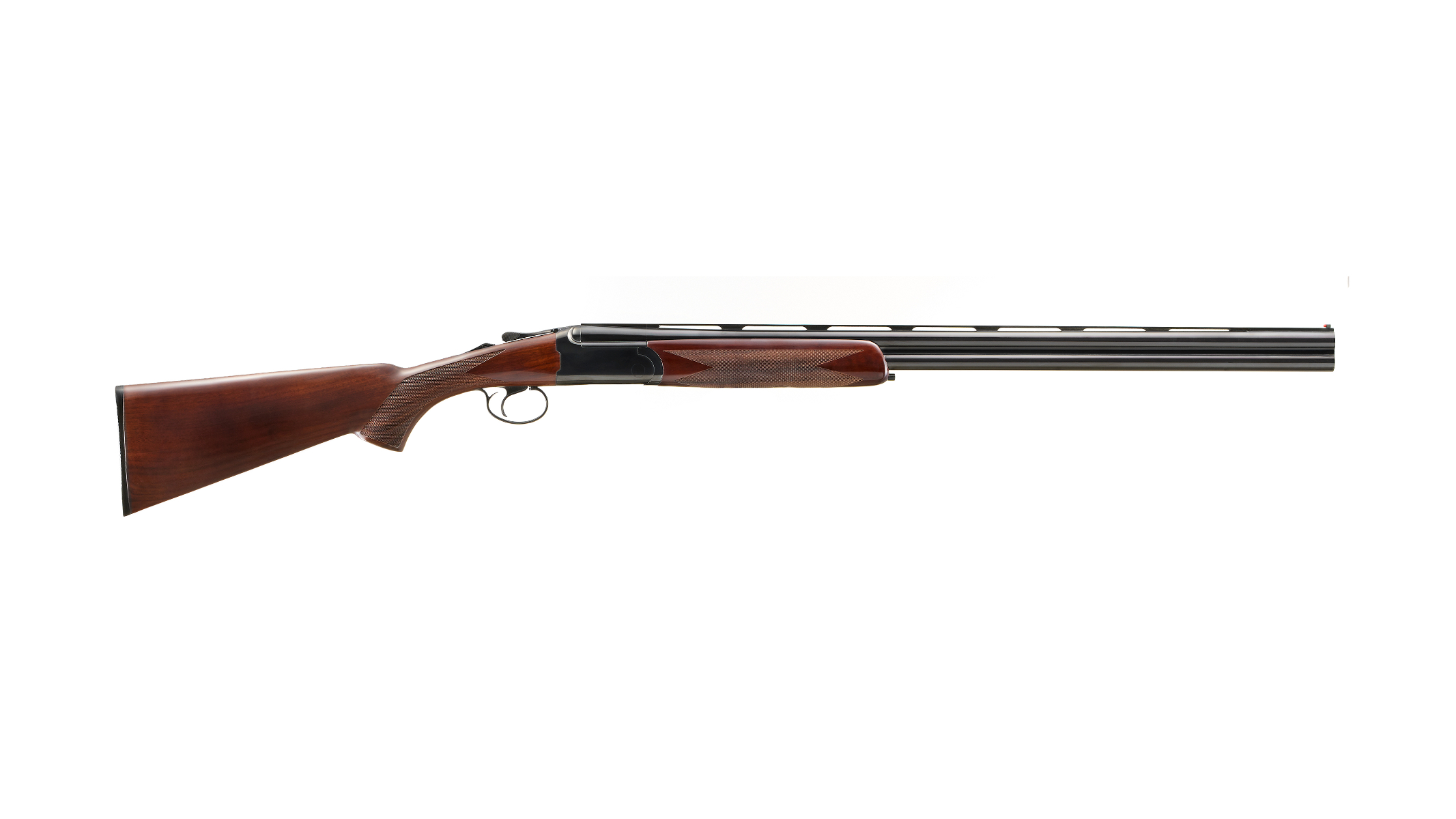
Montenegro, a moderately sized country on the Balkan Peninsula that today shares borders with Albania, Bosnia and Herzegovina, Kosovo and Serbia, has a long, fascinating history that, unfortunately, is far too convoluted to be adequately covered in the space provided here. As we are concerned with a particular style or “genre” of firearm, the “Montenegrin revolver,” rather than Balkan politics, it is best to pick up the story in 1860 with the accession of Nikola Petrovi’c-Njegoš as the prince of Montenegro. Prince Nikola’s childhood had stressed an education in the martial arts, and thus, when he became ruler, he embarked on a series of successful wars against the Ottoman Empire.
His efforts to beef up the Montenegrin military consisted of a number of measures, the one most germane to this article being his requirement that every male citizen of Montenegro, as a member of the militia, equip himself with at least one revolver. The model chosen was a version of the behemoth Austrian Model 1870 six-shot repeater manufactured by the firm of Leopold Gasser in Vienna, Austria. It is suspected, but not positively proven, that Prince Nikola actually held some stock in the Gasser company, hence his championing of its product.
The Model 1870 was upgraded slightly in 1874 when its frame material was changed from iron to steel. It is likely the largest cartridge handgun of its type to have been a general-issue arm. Chambering a powerful rimmed 11.3x36 mm cartridge, originally designed as a carbine load, the Model 1870/74 measured 12.75" long with a 9.33" barrel and weighed a formidable 2 lbs., 14 ozs.
An open-top, double-action design, the gun’s mechanism was interesting in that it featured an external bar that locked the hammer into the safety position when manually thumb-cocked about 1/4" or when the trigger was pulled slightly to the rear. This allowed the cylinder to rotate freely and the chambers to be individually loaded though a bottom-hinged swinging side gate. Empty cases were manually ejected one by one by means of a sliding rod that was held in its forward position by a thumbscrew when not in use.
 The guns manufactured by Gasser for Montenegro were virtually identical to those used by the Austro-Hungarian military. Montenegrin Gassers normally featured the crowned “NI” monogram of Prince/King Nikola on the top flat of the rear of their barrel housings. On the side of the housings was “L GASSER/WIEN.”
The guns manufactured by Gasser for Montenegro were virtually identical to those used by the Austro-Hungarian military. Montenegrin Gassers normally featured the crowned “NI” monogram of Prince/King Nikola on the top flat of the rear of their barrel housings. On the side of the housings was “L GASSER/WIEN.”
Original Austro-Hungarian products sported standard checkered walnut stocks, but the Montenegrins very often decided to customize their revolvers with elaborate, bag-shaped silver panels incorporating semi-precious stones, niello work and pearls. As these revolvers were carried thrust into sashes at the midriff with the grips protruding, the quality and intricacy of the silver work was a considerable matter of pride and affirmation of the wearer’s status.
While the Gasser-made Model 1870/74 was the principal choice of most users, production of the guns in Vienna was not robust enough to handle the requirements of both Austria-Hungary and Montenegro at the same time. Thus, many similar arms of varying style and quality were offered by firms in Belgium and Spain. Quality, chambering and decoration varied considerably. Many can be found with spurious Gasser and King’s monogram markings. Often these arms were sold on the open market in lands other than Montenegro, the renown of the original product being strong enough to support robust civilian sales. Decoration, finish and stock styles and materials (horn, ivory, wood) varied wildly.
The Montenegrin Gasser shown here is a classic 1870/74 style and is the real article, actually produced by Gasser in Vienna. It has typical Montenegrin aftermarket silver stocks embellished with turquoise, coral and pearls. Needless to say, ease of use, balance and comfort have been sacrificed for the sake of “bling.” It may or may not have originally been blued, but currently, it is completely “in the white.”
Though these revolvers are flashy, well-built (the Gasser-made ones, at least) and have a fascinating history, their value on the open market, despite unquestionable cachet, is somewhat tepid. This particular piece would likely sell for a modest $850.
Gun: Montenegrin Model 1870/74 Gasser
Manufacturer: Leopold Gasser Waffenfabrik (Austria)
Chambering: 11.3x36 mm R
Manufactured: c. 1890
Condition: NRA Very Good (Antique Gun Standards)
Value: $850



































